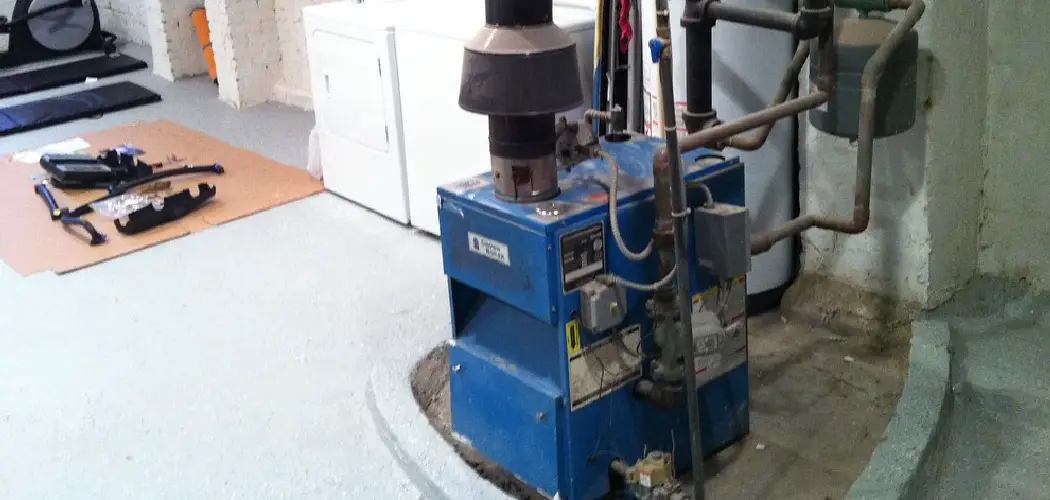Venting a gas furnace is a crucial aspect of ensuring safe and efficient operation. Proper venting redirects harmful gases, such as carbon monoxide, from the furnace to the outside environment, preventing potentially dangerous buildup indoors. Understanding the various venting options and installation requirements is essential for both homeowners and technicians.
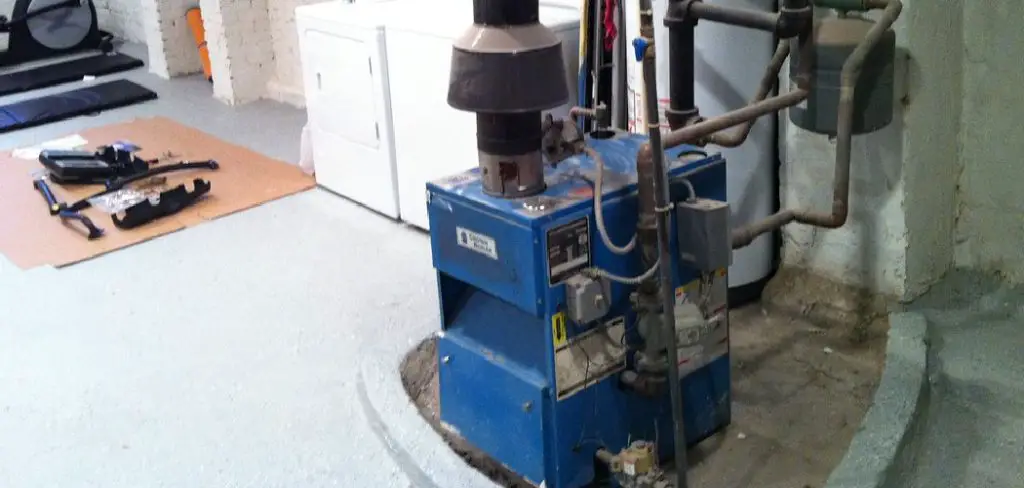
In this guide on how to vent a gas furnace, we will explore the different venting methods, best practices, and key considerations to help you maintain a safe and efficient heating system for your home.
What is Gas Furnace Venting?
Gas furnace venting is the process of removing exhaust gases produced during combustion from a gas furnace to the outside environment. These exhaust gases, including carbon monoxide and water vapor, are byproducts of the heating process and need to be safely directed out of the house.
It is essential to vent a gas furnace properly to prevent harmful gases from being trapped indoors, potentially leading to carbon monoxide poisoning. Additionally, proper venting improves the overall efficiency of the furnace by allowing fresh air to enter and fuel the combustion process.
Needed Materials
Before beginning the venting process, it is essential to have all the necessary materials and tools on hand. These may include:
Vent Pipes:
The type of vent pipe required will depend on the furnace’s efficiency rating and local building codes. Common options include single-wall metal pipes, double-wall metal pipes, and PVC pipes. Make sure to check the furnace manufacturer’s specifications for the correct vent pipe size and material.
Vent Connectors:
These are used to connect the vent pipes to the furnace. The most common types include sheet metal connectors, snap-lock connectors, and flue-to-furnace connectors. Again, consult the furnace manufacturer’s instructions for the recommended connector type.
Vent Termination:
This is where the exhaust gases will exit the house. It can be located on an exterior wall or through the roof, depending on local building codes and preferences. Common termination options include a sidewall termination hood or a rooftop cap with a built-in draft hood.
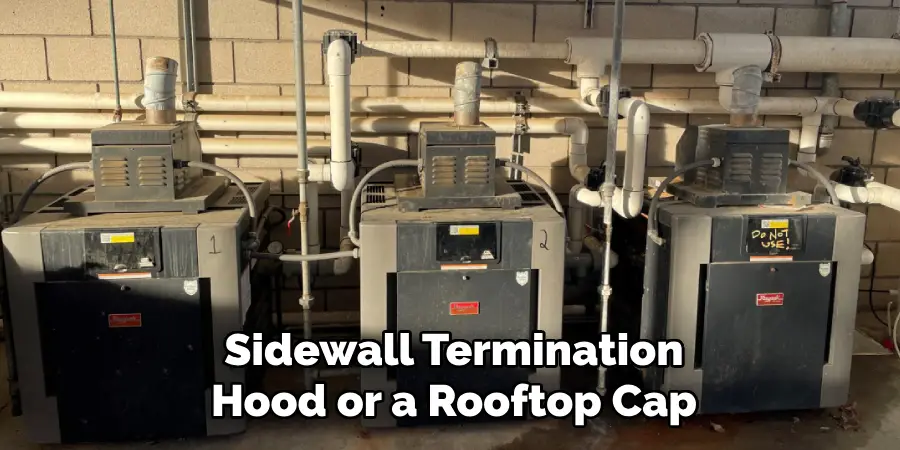
Sealant:
To ensure a tight seal between vent components, a high-temperature sealant approved for use with gas furnaces should be used.
Tools:
A few basic tools will be needed to complete the venting process, including a drill, screws, screwdriver, and measuring tape.
8 Step-by-step Guidelines on How to Vent a Gas Furnace
Step 1: Determine the Venting Method
The first step in venting a gas furnace is to determine the appropriate venting method based on the furnace type, efficiency rating, and local building codes. There are two main venting methods to consider: conventional venting and direct venting. Conventional venting uses a single or double-wall pipe system that draws air from inside the home for combustion and expels exhaust gases outside.
This method typically requires a chimney or vent stack. On the other hand, direct venting systems pull in air from outside for combustion and vent directly outside through a sealed pipe, which is generally more efficient and safer. Consult your furnace’s specifications and local regulations to make an informed decision on the best venting method for your installation.
Step 2: Choose the Vent Pipe
Selecting the appropriate vent pipe is critical for the safe and effective venting of a gas furnace. The vent pipe must meet the furnace’s specifications while also adhering to local building codes. There are various materials to choose from, including galvanized steel, stainless steel, and PVC, each with its unique properties and applications. For high-efficiency furnaces, a PVC or CPVC pipe is often preferred as it can handle the cooler exhaust gases without corroding.
Conversely, traditional furnaces typically require metal venting, either single-wall or double-wall, depending on the application. Ensure that the diameter of the vent pipe is suitable for the furnace’s output and is properly rated for use with gas appliances. Always refer to the manufacturer’s installation instructions to determine the correct size and type of vent pipe to use for your specific gas furnace.
Step 3: Measure and Cut the Vent Pipe
Measure and cut the vent pipe according to your furnace’s installation instructions. When cutting, be sure to use a fine-toothed saw or pipe cutter specifically designed for the material being used. Avoid using any power tools that may create sparks as they can ignite combustible materials.
Remember to factor in any required clearance between the vent pipe and surrounding walls or floors when making your measurements. Additionally, ensure that all joints are properly aligned and connected securely with screws or other approved connectors.
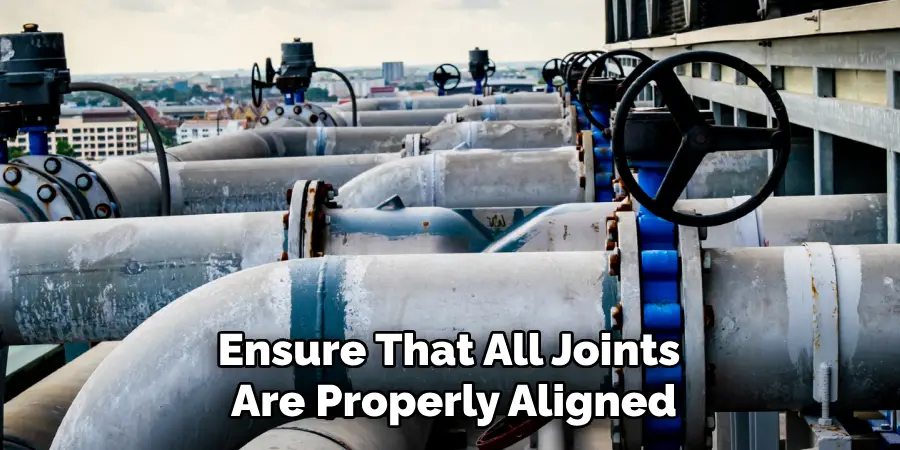
Step 4: Install the Vent Connectors
Vent connectors are essential for safely connecting the vent pipe to the furnace’s flue collar. The type of connector used will depend on the furnace type and the venting method chosen.
Some furnaces may come with a built-in flue-to-furnace connector, while others may require a separate sheet metal or snap-lock connector. Consult your furnace’s installation instructions for the appropriate connector type and size.
Step 5: Attach the Vent Pipe to the Connectors
Once the vent connectors are in place, it’s time to attach the vent pipe. Begin by aligning the vent pipe with the connectors, ensuring it fits snugly without any gaps. Secure the connection by using screws or clamps as recommended by the manufacturer, taking care to follow local building codes regarding fastening patterns.
It’s crucial to maintain a tight seal to prevent any exhaust gases from leaking into the home. After attaching the vent pipe, double-check that all connections are secure and aligned properly, making adjustments as needed. Lastly, inspect for any sharp edges on the cut pipes and smooth them out to prevent any potential hazards.
Step 6: Install the Vent Termination
The vent termination is where the exhaust gases will exit your home. It’s essential to follow local building codes when determining the placement of the vent termination, as it must be placed a safe distance from any windows, doors, or other openings. Typically, sidewall terminations are placed on an exterior wall above ground level, while roof terminations are located at least two feet above the roofline.
Ensure that the chosen location allows for proper clearance and does not obstruct any access points or vents. Additionally, select a vent termination with a built-in draft hood to prevent any backdrafts and maintain proper airflow.
Step 7: Seal All Connections
To ensure a safe and efficient venting system, it’s crucial to seal all connections with a high-temperature sealant approved for use with gas furnaces. This step will guarantee that no exhaust gases or other harmful fumes can leak into your home. Follow the manufacturer’s instructions for proper sealing techniques and allow ample time for the sealant to dry completely.

You may also want to consider using metal tape or clamps for added reinforcement, especially in areas where the sealant may be exposed to high heat levels.
Step 8: Test the Furnace
Once all connections and terminations are in place, it’s time to test the furnace. Turn on your gas supply and check for any gas leaks by conducting a soap bubble test on all connection points. Additionally, turn on your furnace and inspect the venting system for any signs of backdrafts or blockages.
If everything appears to be functioning correctly, you can proceed with regular use of your gas furnace knowing that it is safely vented according to manufacturer specifications and local building codes. If at any point you notice any issues with the venting system, do not hesitate to contact a professional to inspect and make any necessary repairs. Thanks for reading the article on how to vent a gas furnace.
Frequently Asked Questions
Q: Can I Use a Vent Pipe Made of Plastic for My Gas Furnace?
A: It depends on the type and efficiency of your furnace. High-efficiency furnaces may require PVC or CPVC pipes, while traditional furnaces typically require metal venting. Always refer to the manufacturer’s installation instructions and adhere to local building codes when selecting a vent pipe material for your gas furnace.
Q: Can I Install the Venting System Myself?
A: While it is possible to install the venting system yourself, it is highly recommended to hire a professional for safety and efficiency reasons. A professional will have the necessary knowledge and experience to ensure that the venting system is properly installed, meets all specifications and codes, and functions correctly.
Q: Do I Need to Clean My Venting System?
A: Yes, it’s essential to regularly inspect and clean your venting system to prevent any blockages or build-up of debris that could impact its efficiency. Consult your furnace’s maintenance instructions for the recommended cleaning schedule and techniques. Additionally, be sure to check the vent termination for any obstructions during seasonal changes such as heavy snowfall.
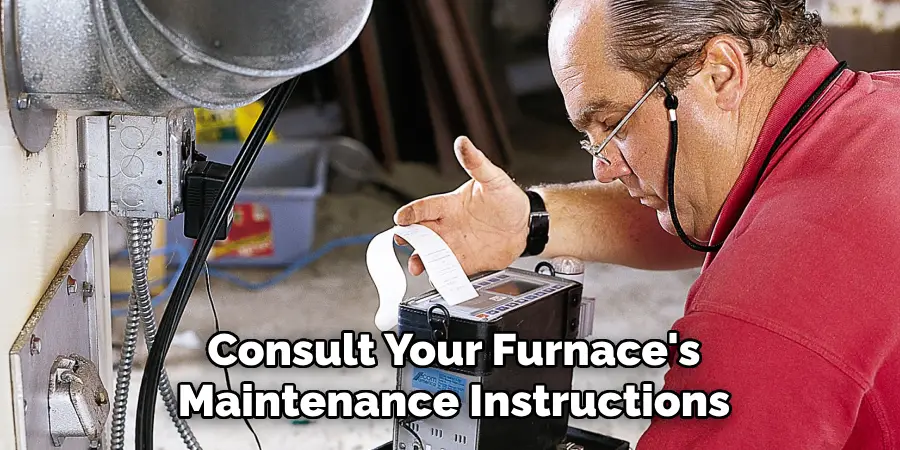
Conclusion
Proper venting is crucial for the safe operation of gas furnaces. It’s essential to choose the right venting method, pipe material, and connectors while following manufacturer specifications and local building codes.
By following these steps on how to vent a gas furnace and regularly maintaining your venting system, you can ensure the efficient and safe operation of your gas furnace for years to come.

